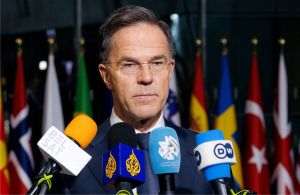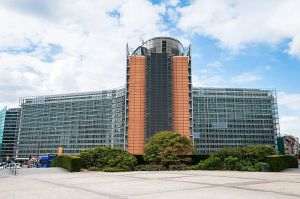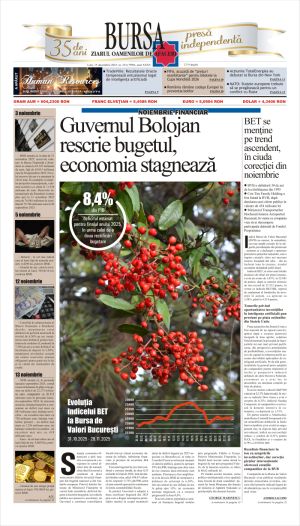BRICS countries now account for half of the world's population, with the group's economic weight growing.
Unlike some Western powers, many BRICS countries are experiencing rapid growth in their Gross Domestic Product (GDP), driven by significant investment, trade and demographic change. In an increasingly multipolar world, the group is gaining more influence as it expands, according to a visualcapitalist.com analysis that compares real GDP growth projections for BRICS with those of the G7, based on IMF forecasts.
Recall that BRICS includes Brazil, Russia, India, China, South Africa, Iran, Saudi Arabia, Egypt, Ethiopia, the United Arab Emirates and Indonesia, while the G7 includes Canada, France, Germany, Italy, Japan, the United Kingdom and the United States.
• BRICS GDP growth vs. G7
The source cited presents estimates of real GDP growth for the BRICS nations in 2025 and 2026, and they show that India will register one of the fastest expansion rates in the group: 6.6% in 2025 and 6.2% in 2026.
In China, growth is forecast at 4.8% in 2025, as the country strengthens its trade with Asia, Europe and Africa. As in India, estimates show that China's economic advance will decline in 2026, to reach 4.2%.
On average, BRICS economies will grow more than three times the rates projected for the G7 in both 2025 and 2026. For 2025, estimates show an average expansion of 3.8% for BRICS GDP, and 3.7% in 2026.
With an average growth of only 1% expected for the G7 countries in 2025 and 1.2% in 2026, many of the groupings are struggling with aging populations and trade uncertainty. Germany, in particular, is expected to have one of the slowest GDP growth rates in the world in 2025, at just 0.2%. However, the German economy is expected to grow by 0.9% in 2026 - a trend mirrored in several other G7 nations.
• BRICS countries want a "fairer and more balanced” economic order
BRICS efforts to recalibrate a "fairer and more balanced” global economic order at the 17th BRICS Summit in Rio de Janeiro in July have attracted renewed interest and support from Latin America, according to chinadaily.com.cn. This year's summit focused on institutional reform, financial sovereignty and South-South collaboration. The event concluded with the adoption of a Joint Declaration covering 126 commitments in global governance, finance, climate, health and technology. BRICS also highlighted new efforts to combat hunger, promote climate action and expand access to emerging technologies.
At the summit, Brazilian President Luiz Inacio Lula da Silva said: "In the face of the resurgence of protectionism, it is up to emerging nations to defend the multilateral trading regime and reform the international financial architecture.” His remarks, according to analysts, underscored moving from passive participation to active agenda-setting among developing nations.
For the first time, a special annex in the final declaration calls for "a collective global effort” to ensure the alignment of AI governance with inclusive international norms and values, while improving equitable access to technology, according to the source cited.
"This year, diversity and dialogue in a multipolar world were prioritized,” said Omar Rilver Velasco Portillo, a consultant and professor at the Universidad Mayor de San Andres in Bolivia, adding: "Brazil stressed the need for countries to become financially independent from the dollar and focus on local currencies.”
Felipe Campos, an economist at Alianza Fiduciaria, said: "If the BRICS manage to strengthen their own financial instruments, energy agreements or relevant trade agreements, they could start to shape the global agenda from a different perspective. In this scenario, the lack of proximity to the bloc could mean less influence and delayed access to the new rules of the game.”




























































